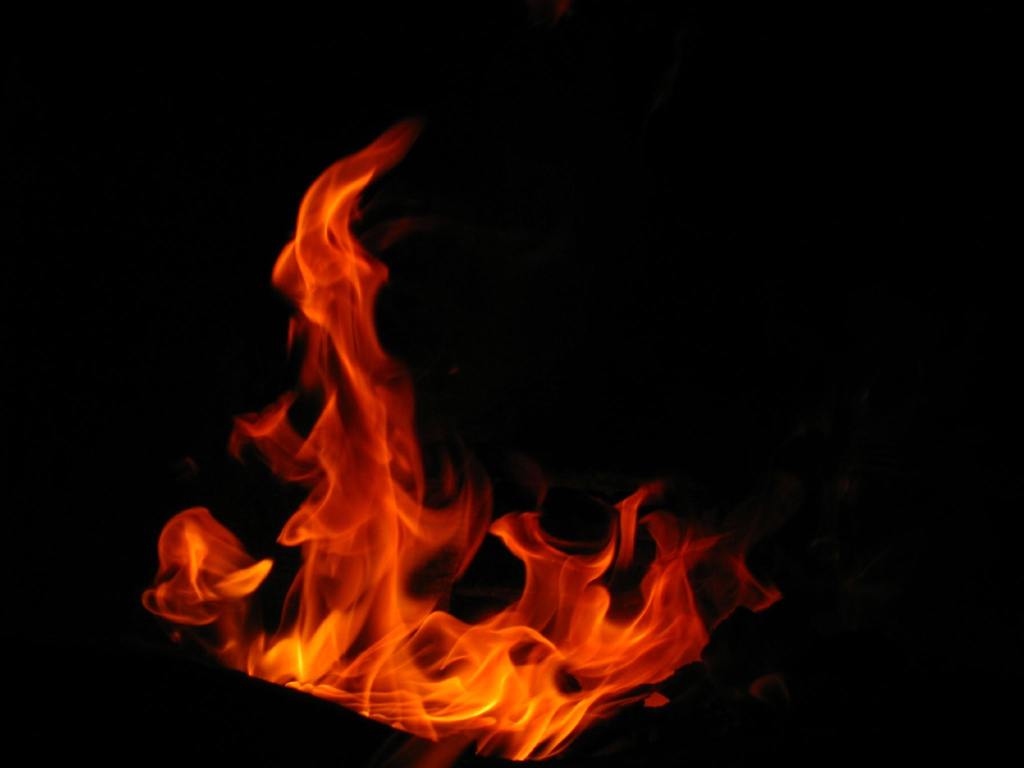
Beginnings
Two teachers I worked with this year recommended fire and heat at the beginning of our stories.
Writer, teacher, editor Dinty Moore uses the metaphor of a fire burning in the forest when talking about flash fiction and memoir. As a writer sparking a reader’s interest, you don’t have time to let them be a hiker strolling in the woods, begin to smell smoke, and investigate. The reader needs to be a “smoke jumper.” You start them “at the edge of the fire, or as close as one can get without touching the actual flame.”
Julia Green says, “Start hot!” Begin with something compelling, perhaps a problem, conflict, or question. Maybe you start with an intriguing scene. In revision, the writer asks herself, “What have I given my reader that will make them want to keep reading?”
Look at the difference between these two openings of my mother’s story. The original, a meandering; the revision, the start of a scene.
A. This was the day we’d dreaded, cried about, and feared. Ironically, the time had both dragged and sped by, but before we knew it, we were down to “her day,” as the hospice nurse called it. Within 15 hours after my sister Reenié arrived.
B. The hospice nurse sat at our mother’s bedside when my sister Reenié and I rushed in at the care home where Mom had lived those last three weeks of May 2003.
Endings
Get out of the scene or end the piece at the right moment. Don’t linger long after the resolution or the answer to the question. When I went back to Mom’s Story, I realized I could cut the entire final paragraph to serve the story (and the reader) much better.
Transitions
Sometimes paragraphs or sentences need to be shuffled around for smoother transitions. Adding a sentence or two may help things flow. Putting in line breaks allow the reader to rest or reflect, or they move the story forward to a new time or place.
In my latest version of mom’s story, I’ve divided it into three sections with line breaks in between. First, there’s the scene where we get the word about her imminent passing and how to provide comfort care. Next, how the day went for all of us—what we (and she) did for her and for us. Third, afterward—how we handled a challenging circumstance and how we came to see it.
Paying attention to the beginning, ending, and transitions made a huge difference for my story, making it more accessible for readers and boosting my revision confidence.
How are you coming along with your revisions?
~ xoA
4 replies on “Beginnings, endings, and transitions”
Thank you for the advice—sparking the flame! Love the example with your mother’s story…how we have a tendency to ease in, and revisions are the place to find the heat–in all places–beginning, middle, and ending. Happy New Year!
LikeLiked by 1 person
Thanks for reading and commenting, Marina. I love to share what I’m learning. Happy New Year to you, too!
LikeLike
Very insightful, Annis. I’ll keep these thoughts in my pocket! Thanks for sharing.
LikeLiked by 1 person
It’s my pleasure, Heather. Thanks for taking the time to read and comment. xoA
LikeLike